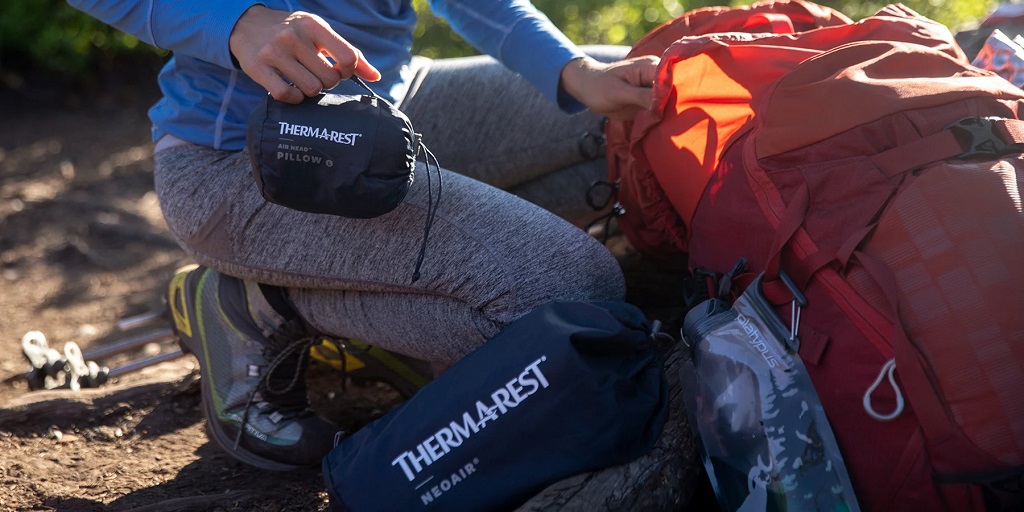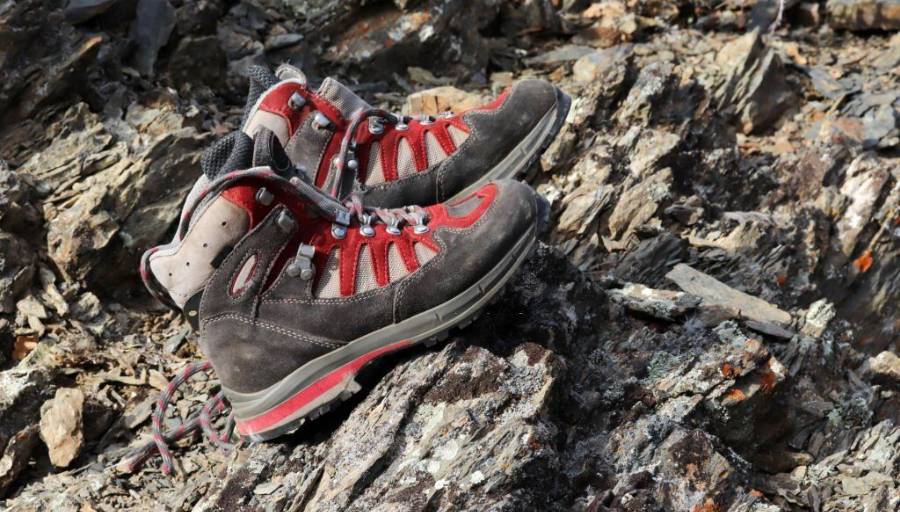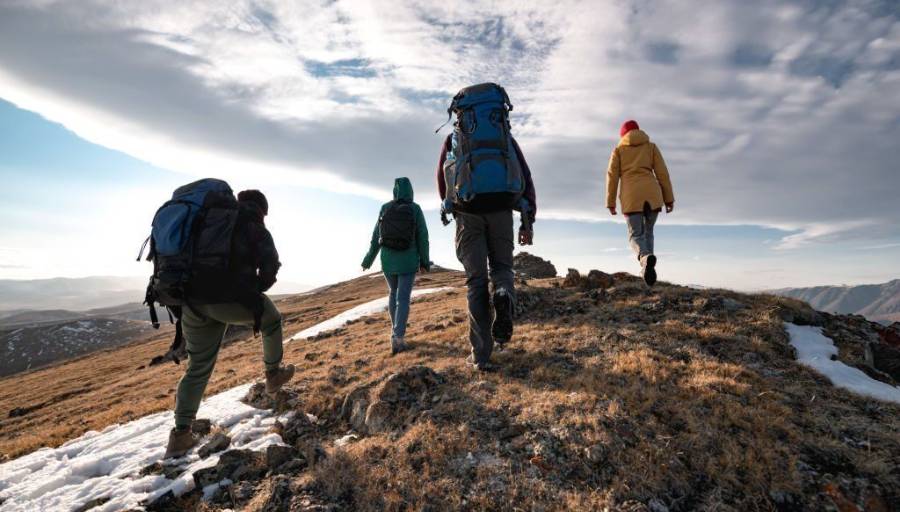How to Choose Hiking Jackets for Skiing

Without proper equipment, it is assuredly impossible to conquer the mountain. For this reason, selecting the right hiking jacket for skiing is crucial to ensure comfort, warmth, and safety on the slopes. If you are a big fan of mountain explorations and plan to wear your hiking jacket while skiing, this article is going to be interesting for you. Here I’m going to let you know how to choose hiking jackets for skiing.
Make Sure It is Perfect for Facing the Harshness of the Cold and Braving the Wind
- The primary function of ski clothing is to create a kind of protective shield against cold, wind, rain, and harsh environments. Because it is in direct contact with the elements, your hiking jacket must be chosen based on specific criteria that ensure comfort and protection, allowing you to ski with peace of mind.
- Above all, the jacket must provide optimal resistance to cold and wind. To effectively insulate your body from harsh external conditions on the slopes, your jacket should fit well and be made from specialized windproof fabric.
- A 3-layer fabric, on which the waterproof membrane will be laminated between 2 layers of fabric, is the best to protect you from any inconvenience atmosphere. These fabrics offer much better waterproofing and breathability than 2-layer or 2.5-layer fabrics. The jacket acts as a thermal bubble, which protects the entire trunk, neck, and arms. This membrane, combined with waterproof seams, ensures that the heat generated by your body is effectively trapped within the jacket and provides a continuous source of warmth.
- Choose a hiking jacket with a hood with a visor as covering as a balaclava and sleeves with tight cuffs. This will limit heat loss from the extremities of the body. If you combine your jacket with thermal underwear, a fleece jacket, and well-sealed gloves, you are sure to make the most of your day of skiing without risking getting cold.
Waterproof Champion
- Thanks to the versatility of the membrane and its microporous texture, the waterproof jacket combines technicality and performance to offer optimal waterproofing. It is specially designed to prevent water infiltration and create an impenetrable barrier against both rain and snow.
- Wrapping up in a fully waterproof jacket is the luxury of enjoying the mountain in all its forms. You slalom confidently between the snowflakes and can admire the beauty of the landscape in peace, even in the pouring rain.
- If you are a fan of high mountain walks and already have a jacket for excursions, remember to check its waterproofing measure. Waterproofing is measured in Schmerber mm and is listed on the garment label. The higher the number, the more effective the jacket is in combating moisture. An index greater than or equal to 10,000 mm is a guarantee to keep dry in the most extreme conditions.
- The presence of waterproof seams optimizes the waterproof qualities of your jacket, especially since they are very robust and insensitive to abrasion.
- Also, make sure that your dress has a waterproof water-repellent treatment and not just water repellent. This indication could pass for a simple detail in the eyes of novice skiers. It is however essential because the outings in altitude lead you to face more or less difficult weather conditions and are likely to change during the day.
Breathable Like a Second Skin
- Because the feeling of cold and discomfort often appears along with the humidity, the sweat must be wicked away quickly. The credo of a “waterproof-breathable” jacket is to offer, as its name suggests, a dual beneficial action. A ski jacket must be able to counter external moisture effectively while allowing the skin to breathe.
- Let us once again put the qualities of “3-layer” technology in the spotlight by evoking its ability to ventilate the body harmoniously. The microporosity of the membrane allows a constant regulation of the humidity inside the jacket.
- When you ski, sweat is quickly evacuated through the micropores to avoid the Sauna Effect. Before and after activity, the membrane manages to keep the body dry without the risk of cooling down.
- A breathable and waterproof hiking jacket is therefore an unstoppable component for your skiing. If your jacket has an integrated ventilation system under the arms, that’s even better.
- The armpits are an area of the body subject to heavy sweating during intense effort. Conveniently placed, these vents are ideal for channeling sweat before it spreads throughout the body.
Comfortable Whatever the Tests
- Putting on a waterproof jacket for skiing doesn’t have to mean sacrificing comfort and looks. It is quite possible for you to choose a ski outfit that is pleasant to wear and looks beautiful.
- Your jacket must be designed to give you total freedom in each of your movements. However, to reach the heights of comfort, choose an outdoor jacket that combines the light materials and the ergonomics of a performed cut.
- Skiing is a thrilling sport incompatible with wearing an overly padded coat that tends to compress the body. If the outer side of your jacket is made from a thin, stretch fabric, this is ideal. Moreover, if the internal lining is soft and light, then don’t hesitate.
- The fit and design of the garment are important criteria to consider before hitting the slopes. Choose a jacket that sits low on the back, as it is a cold-sensitive part of the body. Be a little demanding with the finishes.
- Double-slider zips and fixing magnets on the top of the collar prevent air intake and give your jacket character. Prefer a model with interior pockets and a hood compatible with the passage of MP3 wire and the port of the helmet.
Frequently Asked Questions
How should I layer under a hiking jacket when skiing?
Start with a moisture-wicking base layer, followed by an insulating mid-layer like fleece. Your hiking jacket serves as the outer layer, providing wind and waterproof protection.
Can I use a 2-layer jacket for skiing?
While 3-layer jackets offer better protection, a 2-layer jacket can still be effective if paired with good layering and worn in milder weather conditions. Look for additional features like sealed seams and proper insulation to enhance performance.
How do I maintain my hiking jacket after skiing?
Clean your jacket according to the manufacturer’s instructions to maintain its waterproofing and breathability. Regularly reapply a durable water repellent (DWR) treatment to keep it functioning at its best.
What is the best fit for a hiking jacket used in skiing?
Look for a jacket that offers a balance of freedom of movement and protection. The fit should allow room for layering without being too loose or restrictive. A slightly longer back can help protect against drafts while skiing.
Final Thoughts
As you can see, your waterproof hiking jacket offers many advantages for skiing. Its technical performance, waterproofing, and breathability—often superior to that of a typical ski jacket—enable you to ski in any weather, even in challenging conditions. Also, it provides excellent versatility, making it suitable not only for skiing but also for hiking, trekking, ski touring, snowshoeing, and even cross-country skiing.
What could be better than having a good jacket for all your favorite activities!
Finally, this type of jacket offers excellent adaptability to changing temperatures. It’s easy to adjust your mid-layers to stay comfortably warm by matching them to the intensity of your activity and the outside temperature.
So, convinced? Ready to go skiing with your best hiking jacket?
Tell us in the comment section below.
See Also…






